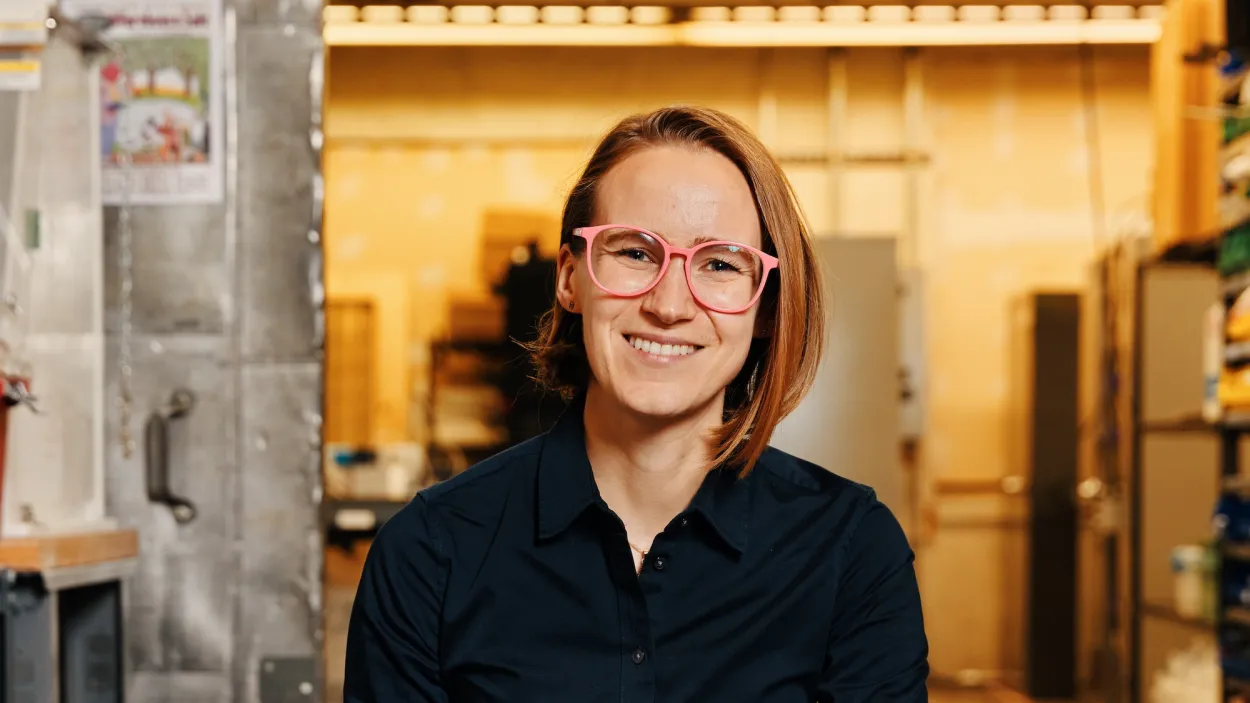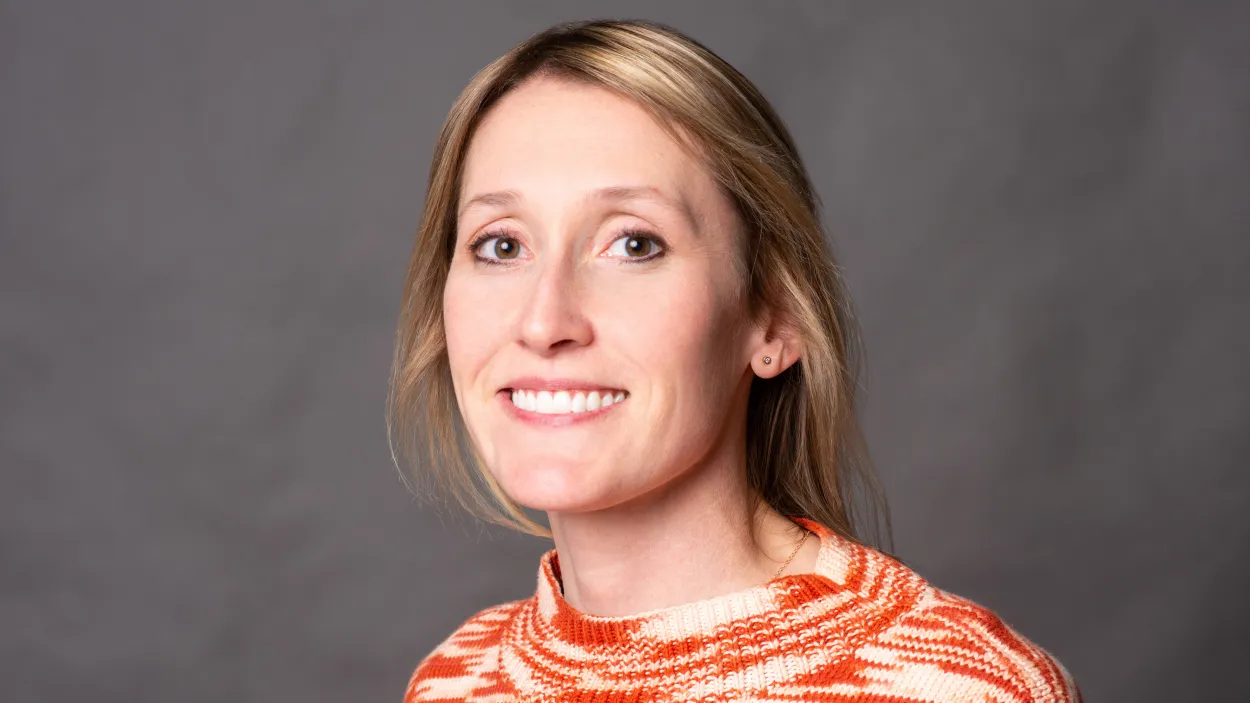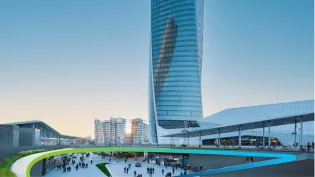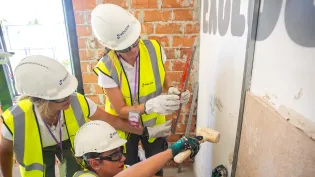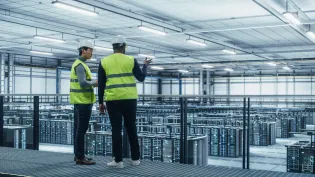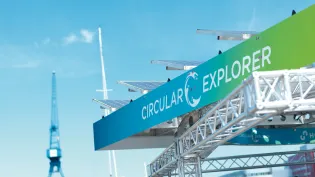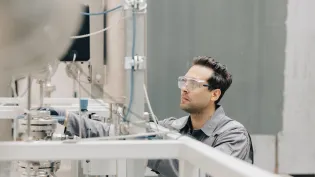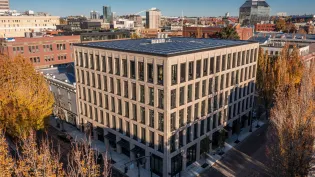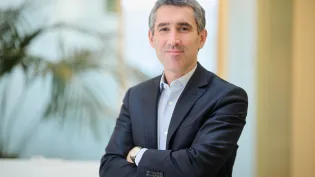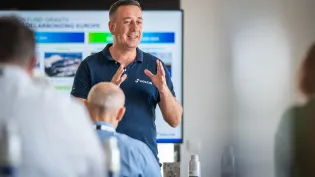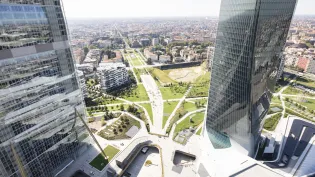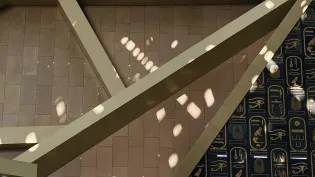Meet the female startup founders building change
To celebrate International Day of Women and Girls in Science, Adelheid Moxon, co-founder of Holcim MAQER Ventures and Vice President of Women in Digital Switzerland, tells us about her journey as a changemaker. She also introduces us to three very special female entrepreneurs who are changing the face of our industry.
Adelheid’s story
When I joined Holcim 23 years ago, the construction industry looked very different. As a woman in Science, Technology, Engineering and Mathematics (STEM), I’ve navigated my journey in an industry historically dominated by men, while raising three children. But there has been a lot of progress – more women stepping into leadership roles, more recognition of the value diversity brings, and a greater focus on inclusion.
What’s clear to me from my experience is that change doesn’t happen on its own – it’s up to us as individuals to act as change-makers. Not just for ourselves but in our capacity as leaders for others, too.

Adelheid Moxon, Digital Lead Scale-up and Acceleration, Holcim MAQER Ventures
Being a change-maker means creating opportunities, opening doors, and lifting others as we rise. It involves fostering upskilling, building networks, and ensuring that women are not just present in STEM but are leading the way. When we do this, we unlock something powerful: diverse perspectives to drive innovation, transformation, and disruption.
I’m honored to share with you the perspectives of three visionary women – Leah Ellis, founder and CEO of Sublime Systems, Laura Lammers, founder and CEO of Travertine Technologies, and Marta Sjögren, Co-Ceo and Co-Founder of Paebbl – all of whose companies are scaling breakthrough solutions with Holcim.
How can we best support women and girls in STEM?
Leah Ellis: The best way to support women in STEM careers is for every workplace to commit to prioritizing performance and hiring the best people for the job, while upholding zero-tolerance policies for harassment. This means making data-driven decisions. By focusing on a track record of performance and outcomes, people of every background can shine.
Laura Lammers: In my experience, the greatest attrition of women from STEM starts when we start raising children. Developing secure pathways for women to hold their positions and responsibilities, while giving them time to bond with their newborns and breastfeed, is by far the biggest thing we can do in my opinion to keep women in STEM. I actually think the pipeline of girls in STEM is really strong!
Marta Sjögren: STEM isn’t just about who gets a seat at the table—it’s about who gets to shape the future. If we want more women and girls in STEM, we need to go beyond recruitment and fix the systems that push them out. That means funding STEM education early, challenging biases in hiring and leadership, and leveling the playing field on parental policies. At Paebbl, we’re building a company where talent defines who leads—where competence speaks louder than convention. The industry needs to do the same: make inclusion structural, not optional. Remove the barriers, set clear criteria for success, and let talent rise on merit.
How will your technology shape the future of construction?
Leah: Sublime has created a technology that decarbonizes cement by cutting out two major emissions sources: fossil fuels and carbonate minerals. Instead of traditional methods, we use an electrochemical process to extract reactive calcium, what we call Sublime Lime®, and silicates from abundant raw materials. Combining these, we make Sublime Cement®, our low-carbon, one-to-one replacement for Portland cement.
Laura: At Travertine, we’ve developed an electrochemical process to recover sulfuric acid from industrial mineral byproducts while permanently sequestering carbon dioxide into the residue, creating carbon-negative materials for cement. Our technology could eliminate hundreds of millions of tons of chemical waste annually while reducing the need to mine new rock for cement production, an environmental and economic win-win.
Marta: Paebbl transforms CO₂ into CO₃, turning a gas into stone through mineralization, just like nature has done for billions of years. But we don’t wait millennia, we do it in hours. This locks carbon away permanently, while our material also has cementitious properties – meaning it adds beneficial properties to the concrete mix while turning it into a carbon sink. By embedding this technology into construction materials, we flip the script. Instead of emitting CO₂, the built environment becomes a massive carbon sink. One of the hardest-to-abate industries can now be one of the biggest climate solutions.
What excites you about working with Holcim?
Leah: Through our partnership with Holcim, we’re scaling up production for Sublime Systems. Holcim’s investment has enabled us to advance construction on our first commercial manufacturing facility for Sublime Cement, a key step in our commercialization process.
Looking ahead, Holcim and Sublime will collaborate to develop other facilities where our solution will be produced at full scale around the globe. Together, we will continue to scale up and commercialize our low-carbon technology to usher construction into the post-carbon future. I am so excited, happy and proud to work with Holcim, which is taking a leadership role and making all this happen.
Laura: Our partnership with Holcim creates circularity in the production of building materials. Holcim enables Travertine to have offtakes for our carbonate products, so they do not end up in the landfill.
One of the most exciting things about Holcim is that they’re at the leading edge of investing in innovation. Holcim is a catalytic partner for us and a huge lever for scale. Advancing new climate technologies is going to take time, collaboration and a mix of financing. Equity capital is important, but on its own cannot get new, venture-backed climate technology to market.
Holcim is playing a vital role in developing the technologies of the future, by supporting promising new solutions that will shape a low-carbon construction sector with a combination of investments and offtakes.
Marta: In three years, we’ve scaled our technology by more than 100x. Now, with Holcim and Amazon as our first commercial partners we’re taking the next step: turning the built environment into a cornerstone of the decarbonized economy at scale, and for good.
Three things excite us about our partnership with Holcim. One is the amazing talent that is onboard here from around the world, with a wealth and breadth of experience that can help us really de-risk our technology and our go-to-market. Number two, it's the real and unwavering commitment at the C-suite level around decarbonization. Thirdly, Holcim champions value-chain alignment to actually spread risk and, therefore, our ability to move the whole value chain faster.
Read how Holcim is partnering with leading startups to reinvent how the world builds.





